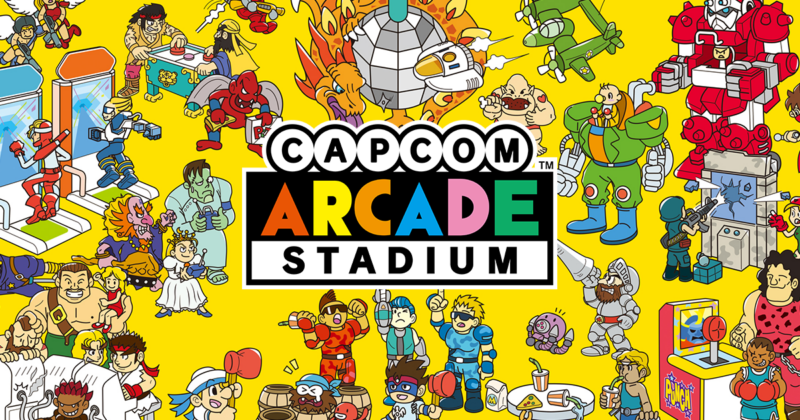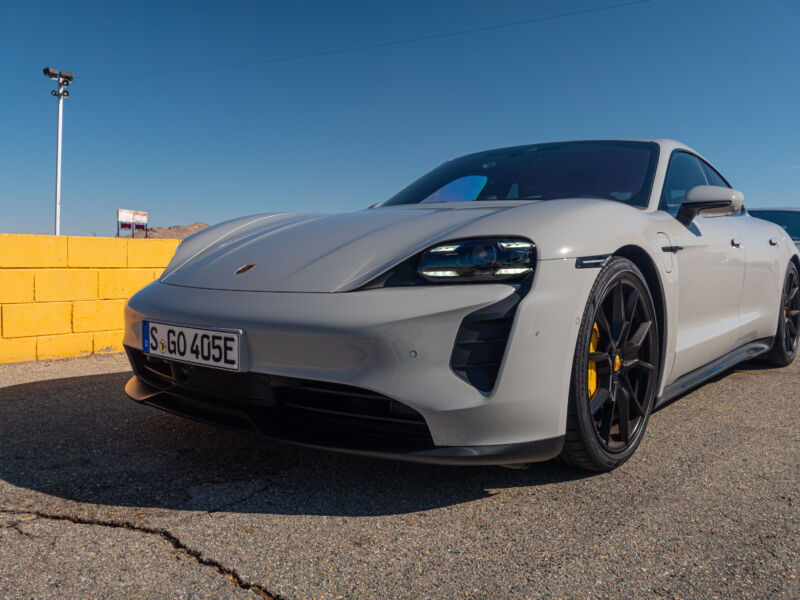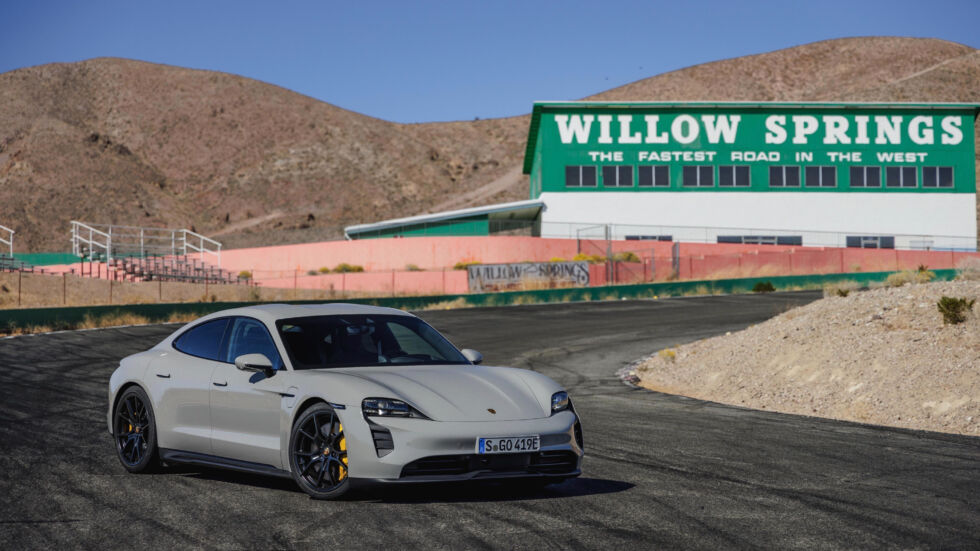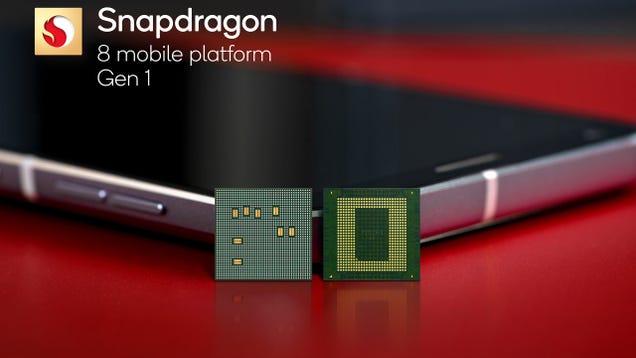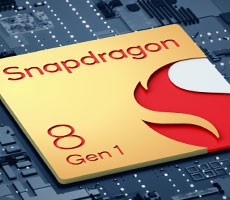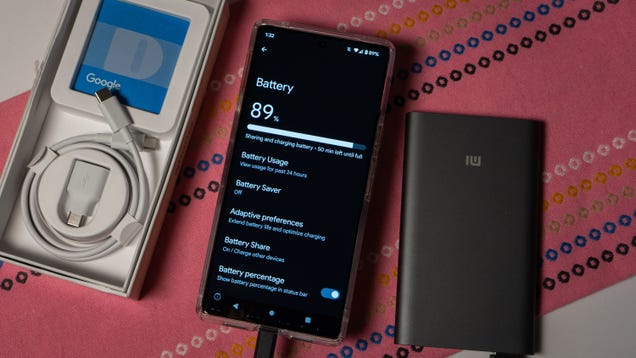Every December for the last few years, Qualcomm has held an annual event in Hawaii to announce its latest flagship mobile chipset. This year was no different with the company taking the opportunity to unveil the Snapdragon 8 Gen 1. That’s right, for the second year in a row, Qualcomm is moving away from the sequential numbering scheme that has defined its processors for years. Just as the Snapdragon 865 gave way to the 888, the company will now replace the 888 with the Gen 1.
The system-on-a-chip includes Qualcomm’s own X65 5G modem. The company says it’s capable of theoretical download speeds of 10Gbps. That’s one of those specs that’s impressive on paper, but won’t mean much out in the real world since some of the fastest 5G networks can’t deliver speeds greater than 4Gbps in ideal conditions. If you have access to a WiFi 6 or 6E router, the Gen 1 can sustain download speeds of 3.6 Gbps over WiFi.
As with its past flagship chipsets, Qualcomm has put significant effort into improving the camera experience. The Gen 1 features an 18-bit image signal processor. That’s a first for the company, and something it says allows the component to process 4,000 times more data than the 14-bit Spectra ISP found on the Snapdragon 888. Additionally, phones with the Gen 1 will have the ability to capture photos at 3.2 gigapixels per second. In practice, that means the Gen 1 can process data from three 36-megapixel cameras simultaneously without any shutter lag, according to Qualcomm.
In another first for a mobile device, the company says the chipset can record 8K HDR footage at 30 frames per second. Again, that’s not the most practical feature for a phone in 2021 since 4K is the top end for most content. On that note, the Gen 1 supports UHD capture at 120 frames per second and can record slow motion footage at 960 frames per second at 720p. Separate from its Spectra ISP, the Gen 1 includes a always-on image signal processor that can power a camera while consuming very little battery power. It’s a feature that will allow Gen 1-equipped devices to offer always-on face detection for biometric authentication.
The Gen 1 won’t offer greatly improved CPU performance over what was already possible with the Snapdragon 888 Plus. What it does promise is faster performance when it comes to AI-related tasks. That’s thanks to Qualcomm’s new seventh-generation AI engine, which the company says is up to four times faster than its predecessor thanks to more shared memory and a faster tensor accelerator. Gaming performance is another highlight of the Gen 1. According to Qualcomm, its latest Adreno GPU offers 30 percent faster rendering performance while consuming 25 percent less power. Over on the audio front, the Gen 1 includes support for Qualcomm’s recently announced aptX Lossless Bluetooth codec. It can deliver up to CD-quality 16-bit 44.1kHz audio streaming over a wireless connection.
Rounding out the Gen 1’s feature list is a dedicated Trust Management Engine. The Gen 1 is the first mobile chipset to support Google’s Android Ready SE standard out of the box, which means it has the capability to store things like digital car keys and IDs.
With its mix of performance improvements and new features, the Snapdragon 8 Gen 1 offers an intriguing look at the next generation of Android flagships. Now we have to wait to see what capabilities manufacturers decide to enable in their latest devices. The first Gen 1-equipped phones will arrive later this year, with more expected to come in the first half of 2022.
Separately, Qualcomm announced it’s partnering with Google to bring the company’s Neural Architecture Search platform to its product portfolio. The technology, which will be available first on the Snapdragon 8 Gen 1, allows companies to create and optimize AI models automatically instead of manually. According to Google, NAS optimize AI models in weeks rather than months.
Source: Engadget – Qualcomm’s Snapdragon 8 Gen 1 will power the next generation of Android flagships




